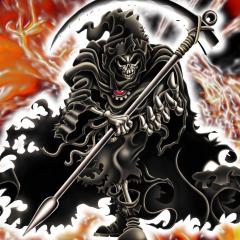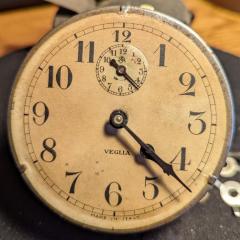-
Recently Browsing
- No registered users viewing this page.
-
Topics
-
Posts
-
Its based on Seiko 7001, go on to alldatasheet.com . I think its a combined set mech. You likely to have knock the set lever out of whack. Rgds
-
1) flat jewel for wheels: picture shows a jewel with oil sink. Straight hole. Not hole 8 or 9. 2) balance jewel, olive hole: picture shows a domed jewel without oil sink. B + sizes. 3) flat jewel, olive hole: hole size 8 or 9 only. Frank
-
By mattynist1 · Posted
Hey folks, first time poster here. Starting into watch repair and swapping out a movement with another and have a donor watch. I incorrectly yanked a stem out that I assumed was a split stem but I think the case back just is hard to get off. By doing this, I can put the stem back in but it fairly easily pulls out now so I think I broke something. Not a huge deal as this was the donor but I’m hoping to get confirmation that I toasted a particular piece. I know movements generally have a screw or push release for the stem if not a split stem so I think I just made a rookie whoopsy. The case back doesn’t have a groove for a knife nor is a screw down which is what led me to the split stem assumption… I may just need a razor blade to create a gap in the case back to get a knife underneath. On the donor I could certainly push the watch back out of the case, just don’t want to make the same mistake on the watch I’m rehabbing. is anyone familiar with this movement or can definitively tell if I broke the donor piece that holds in the stem? Not a huge deal since it’s a harvester movement for me. thanks all, looking forward to learning a lot!
-





Recommended Posts
Join the conversation
You can post now and register later. If you have an account, sign in now to post with your account.
Note: Your post will require moderator approval before it will be visible.